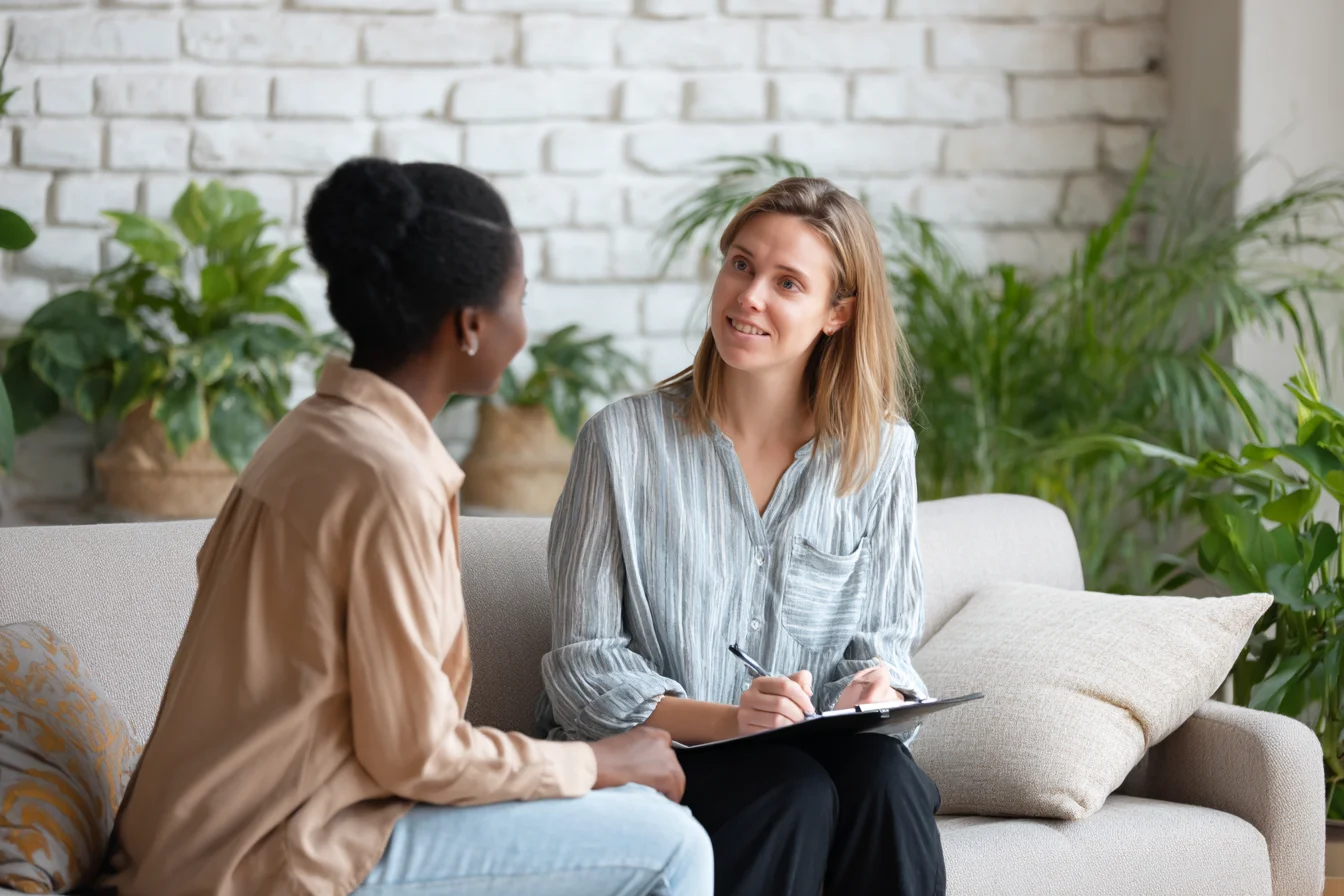
Marijuana Addiction and Its Impact on Daily Life
Is your marijuana use affecting your work, relationships, sleep or overall wellbeing more than you realise?

Marijuana addiction is more common than you think, in this post, we break down what it is, how it’s used, the side effects of short-term and long-term use, withdrawal, and treatment.
What is marijuana?
Marijuana refers to the dried material harvested from the Cannabis Indica or Cannabis Sativa plant. The main psychoactive (mind altering) chemical found in marijuana is delta-9-tetrahydrocannabinol, often referred to as THC.
How is marijuana used?
Marijuana also known as Mary Jane, weed, dagga, dope, pot or cannabis, is used by smoking hand rolled cigarettes (joints), smoking from a pipe or water pipe (Bong) or more recently by using a vape that takes liquid form marijuana and vaporizers the THC as the user inhales. As vaping is becoming more and more common it can be difficult for loved ones to ascertain whether the vaper is smoking marijuana or just nicotine. Cannabis can also be baked into cookies/brownies commonly known as edibles.
Smoking THC rich resins extracted from the Cannabis plant is a newer use of the drug that is increasing in popularity. The practice is called dabbing. The extracts used are known as hash/honey oil, wax, budder or shatter. These extracts can deliver exceedingly high amounts of THC to the body. The preparation also involves the use of butane (lighter fluid) which has been reported to lead to serious injury.
When a person smokes marijuana, THC gets into the brain rapidly via the blood stream. It then attaches to natural receptors which are tuned to react appropriately to incoming information but THC overwhelms the system and causes a high.
Marijuana use has become more common and normalised in South Africa since the decriminalization of the drug in 2018.










Does everyone become an addict after using marijuana?
Some people are able to use marijuana on occasion without a particular cause for concern, however that is not the case for everyone. For some people, marijuana use poses a serious risk of developing into an addiction which is classified as a chronic disease.
Statistics show that between nine and 30% of regular marijuana users develop an addiction or substance use disorder. Children and adolescents who smoke marijuana are at a higher risk for developing an addiction than those who start using as adults. The National institute of Drug Abuse released data that shows that people who use marijuana before the age of 18 are four to seven times more likely to develop an addiction than adults.
This is significant because more than half of adult marijuana users report first using weed between the ages of 12 and 17 years.
Additionally, people who use cannabis before the age of 12 are twice as likely to develop a mental illness than those who first use the substance after the age of 18.
Cannabis addiction levels have risen over the decades for two reasons.
Firstly, marijuana use has increased due to the increasing normalisation of the drug in society as well as its wider availability. Since decriminalisation the perceived risk of marijuana has decreased meaning more people are likely to try the drug increasing the number of people at risk for addiction.
Secondly, the THC levels in marijuana has risen drastically from historic levels of 10% to levels of 30% being reported in 2015.
The process of how an addiction develops has been found to be exactly the same for cannabis as for other addictive drugs such as heroin and cocaine.
Addiction is defined as a chronic relapsing disorder characterised by “compulsive drug seeking and intake, loss of control in limiting intake, and the emergence of a negative emotional state when access to a drug is prevented”.
In a scientific review of the addictive potential of cannabis, it was found that – just like with other addictive drugs – marijuana addiction progresses along three stages.
Binge/ intoxication
This stage is driven by changes in the basal ganglia area of the brain. This stage involves the hyperactivation of the brain’s pleasure circuit which is controlled by the neurotransmitter dopamine. It is marled by excessive impulsivity and compulsivity to take the drug, irrespective of negative consequences and even though the drug’s effect weakens as tolerance develops.
Withdrawal/ negative effect
This stage is driven by changes in the extended amygdala area of the brain. It is marked by brain changes that lead to the loss of motivation to seek rewards other than those related to drug use, such as other previously pleasurable activities. Common withdrawal symptoms include anxiety, insomnia and decreased appetite.
Preoccupation/ anticipation
This stage is driven by changes in the prefrontal cortex area of the brain. This stage involves intense cravings for, and obsessive thoughts about, the drug and decreased ability to engage in healthy decision-making. There are a number of common short-and long-term side effects that present with the use and abuse of marijuana. A person high on marijuana may feel happy, euphoric, relaxed, calm, giggly, amused and creative although these effects may differ from person to person.
There are a number of other common short-and long-term side effects that present with the use and abuse of marijuana.
Short-term side effects of marijuana use may include:
- Altered sense of time
- Altered senses (touch, taste, smell)
- Change in mood
- Impaired movement
- Difficulty with thinking and problem-solving tasks
- Impaired memory function
- Hallucination, delusions and psychosis (with regular use of high potency marijuana)
- Anxiety, panic and paranoia
- Increased heart rate
Long-term physical and mental side effects of marijuana may include:
- Altered sense of time
- Altered senses (touch, taste, smell)
- Change in mood
- Impaired movement
- Difficulty with thinking and problem-solving tasks
- Impaired memory function
- Hallucination, delusions and psychosis (with regular use of high potency marijuana)
- Anxiety, panic and paranoia
- Increased heart rate
Signs that the use of marijuana is a problem:
- Often used in larger amounts or over a longer period than was intended?
- Have a persistent desire or unsuccessful efforts to cut down or control use?
- Spend lots of time in activities necessary to obtain marijuana and use it to recover from its initial effects?
- Experience a craving, or a strong desire to use?
- Recurrent use results in a failure to fulfill obligations at work, school or home?
- Continually use despite having persistent negative consequences?
- Important social, occupational, or recreational activities given up or reduced because of use?
- Use in situations in which it is physically hazardous, or in the event where it could easily result in legal problems?
- Continued use despite knowledge of recurrent physical or psychological problems?
- Having to use more and more to get the same effect (Tolerance)?
- Experience withdrawal symptoms?
The severity of the cannabis addiction is determined by the number of the above questions agreed to. Two or three symptoms indicate a mild substance use disorder, four or five symptoms is moderate and six or more symptoms suggest that the case may be severe.
Withdrawal
Detox effects start at day one and many users return to smoking mid withdrawal as the symptoms are so severe. Below we list some of the marijuana withdrawal symptoms.
- Feelings of anger, irritability, and/or aggression
- Extreme nervousness and anxiety
- Sleep disturbances that may include insomnia or alarming dreams or nightmares
- A decrease in appetite that may or may not be associated with a significant loss of weight
- Feelings of restlessness and general unease
- The onset of feelings of depression
Physical withdrawal symptoms that may present and cause distress include abdominal pain, fever, chills, sweating, headache and/or tremors or shakiness.
Treatment
Because addiction is recognised as a chronic, primary illness it is recommended that a reputable addiction treatment centre assist in the management and treatment of the disease. Addiction treatment lasts between 28 days and 5 years, outcomes are better with longer term supervision and accountability as recovery is a lifelong endeavor. Much like the management of high blood pressure and asthma, addiction must be monitored over a long-term period for successful treatment.
There is always help and there is always hope and help available. Changes Rehab Johannesburg is here to guide and support you through each step.
Marijuana addiction may be harming your work, sleep and relationships more than you realise seek effective treatment options and recovery support in SA. Changes team counsellors are here to help you.Marijuana Addiction Signs Treatment And Recovery Help








